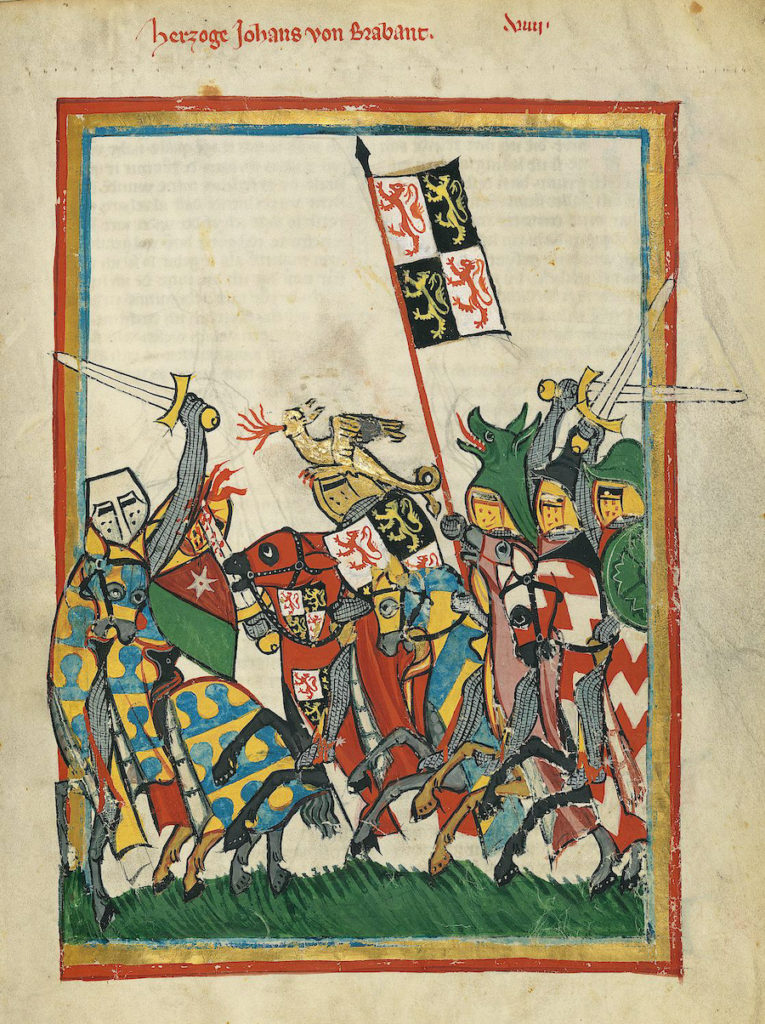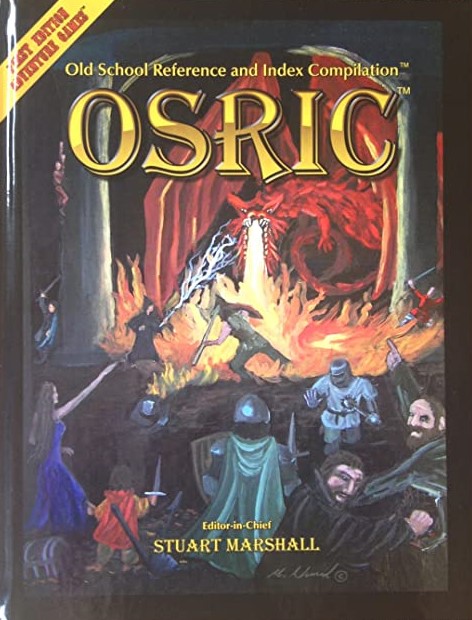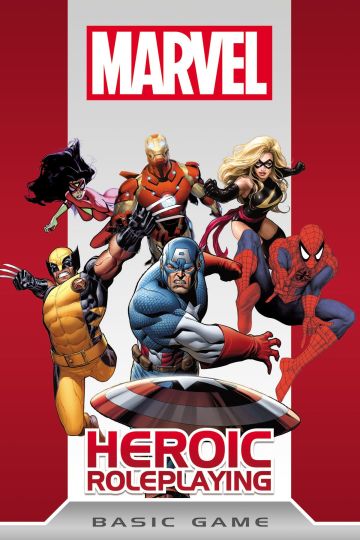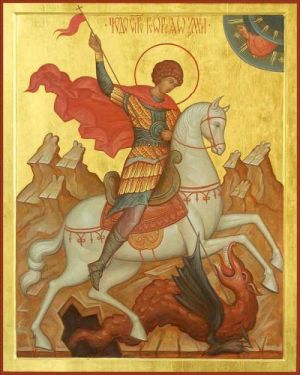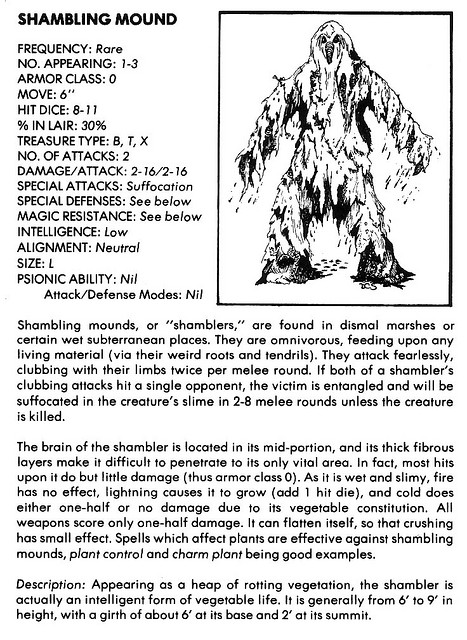Magical Standards
From the AD&D Monster Manual, page 76:
“Leaders and above will always have two weapons. If a subchief is with a group the tribal standard will be present 40% of the time. The standard is always present when the tribal chief is. The standard will cause all orcs within 6″ to fight more fiercely (+1 on hit dice and morale check dice).”
Way back when, our characters fighting hordes of orcs (or similar evil humanoids) targeted leaders. The idea was simple: Those leaders were stronger. Defeating them clearly showed that our characters as more powerful, which caused the rank and file to lose morale and flee. My main character, Lord Korbok, even had a magic spear that pointed out enemy leaders within a certain distance (6”, if I recall correctly).
As a DM, I loved using large groups of humanoids. I even used the typical weaponry breakdowns to determine how many of the monsters were armed with what weapons. Leaders were assigned X number of subordinates. Organized humanoids, such as lawful evil orcs and hobgoblins, fought with as much military precision and discipline as I thought I understood. The leaders barked orders, and the position of the standard bearer shifted in order reinforce weak points, signal a push in a particular direction, or indicate a specific target.
The benefits from being within 6” of the standard are simple: “+1 on hit dice and morale check dice”. Orcs inspired by the standard’s proximity are less likely to break and run. I applied the “+1 on hit dice” as an attack roll bonus, but I’m not sure I like this interpretation as much at age 54 as I did at age 14.
If I were to run that humanoid horde today, I’d be more literal. An inspired 1-HD orc would fight as a 2-HD monster. This changes the orc’s THAC0 from 19 to 16, an effective +3 to-hit bonus. I’d also be inclined to grant the affected orcs more hit points (what later editions of D&D refer to as temporary hit points). Not only does the more ferocious orc hit harder, but it’s also harder to kill due to an additional 1d8 hit points.
For additional fun, at least some standards ought to be magical.
Magical Standard: All magical standards must be held aloft by the bearer, and the magical standard must be visible for it to have any effect. This requires the use of at least one hand. Creatures allied to the bearer who are within 6” of the standard fight more fiercely, gaining an additional hit die (to include hit points) and a +1 on morale checks (if applicable). A magical standard has one or more additional powers, all of which function the same way as the aforementioned effects. Roll 1d8 and consult the following:
1-2: +2 bonus on saving throws versus charm and fear
3-4: 50% magic resistance to sleep
5-6: +2 melee damage bonus
7: +1 melee attack per round
8: Same as result 7, and roll 1d6 to determine a second power.
